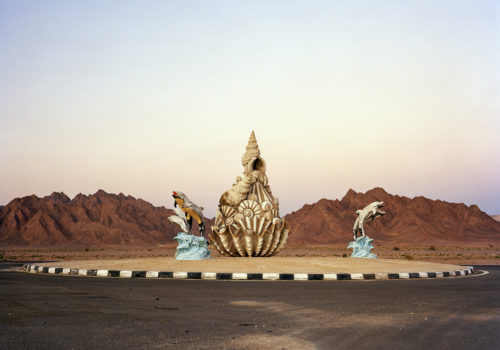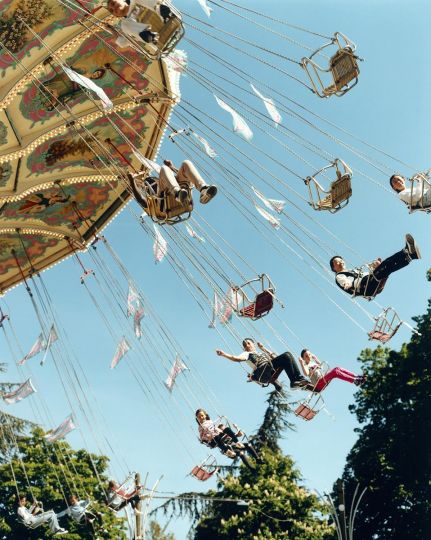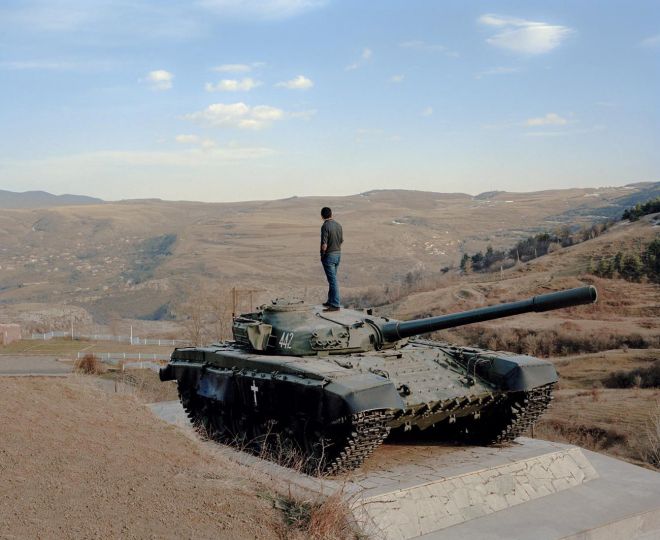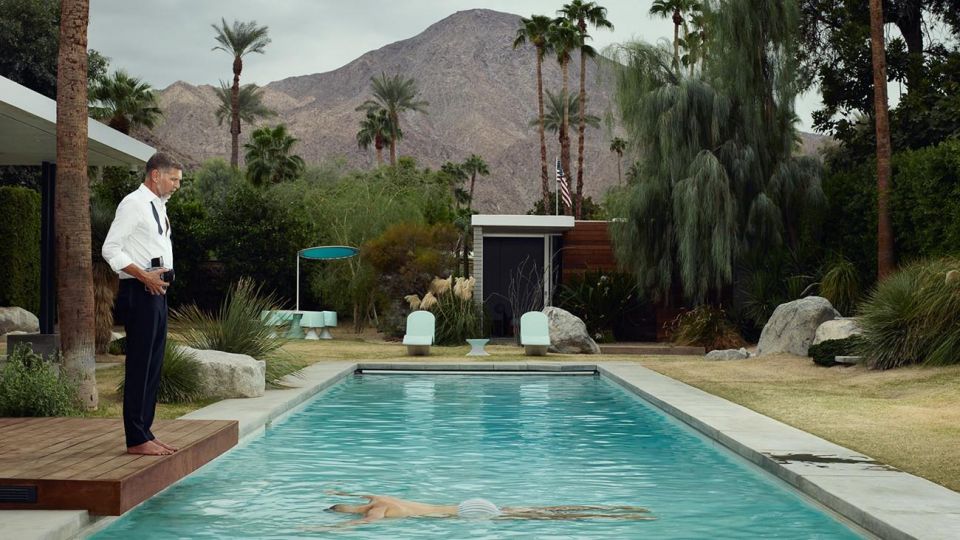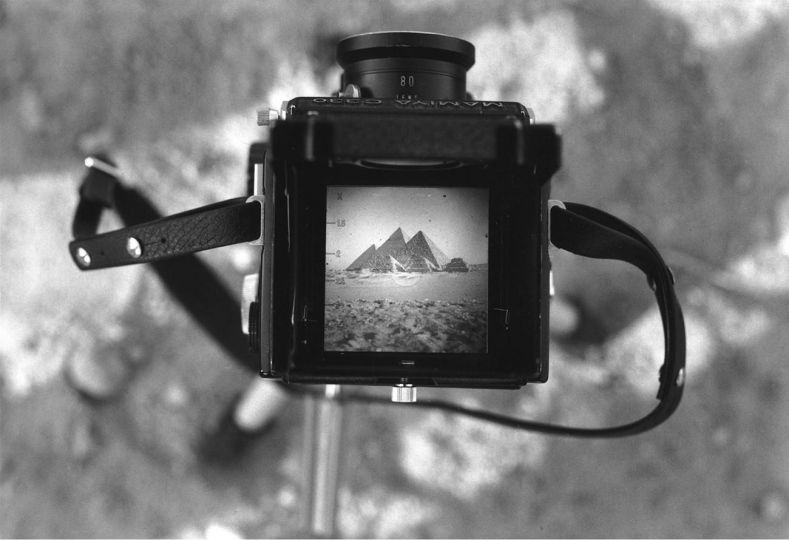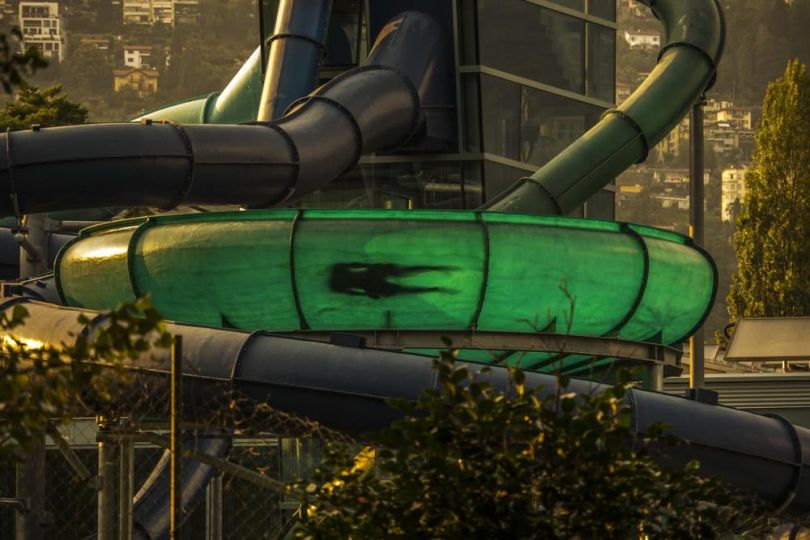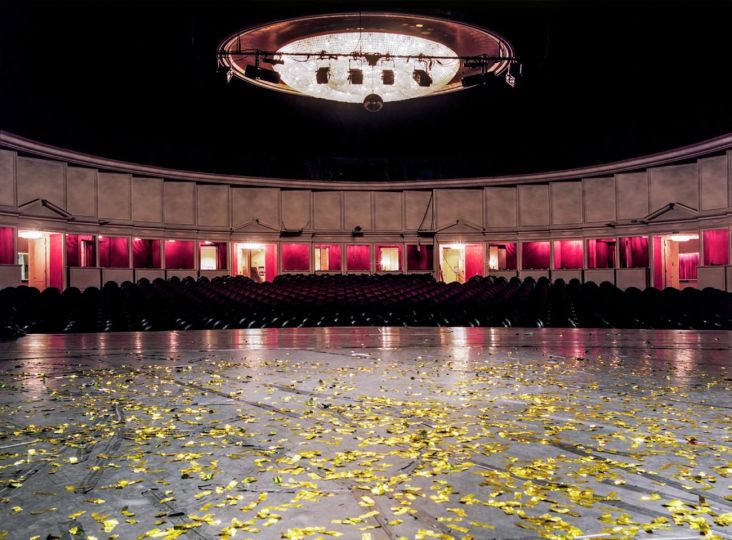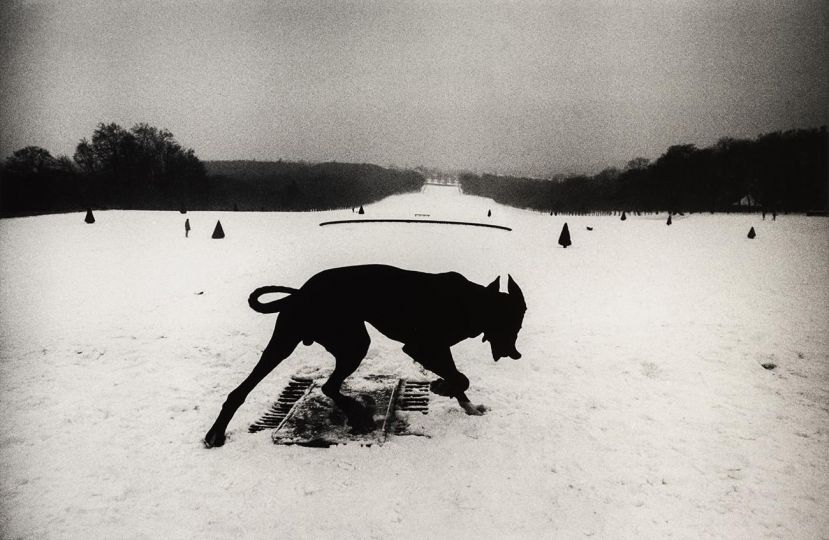Only while traveling across Egypt, far from Tahrir Square, did I clearly understand the meaning of revolution. Upon exiting the Cairo throughway, miles away from the city center, one plunges into a strangely immobile world that seems to have been struck down in mid-flight, where grandiose projects have been left half-developed. These deserted territories are inhabited only by a handful of souls who seem frozen in endless expectation, haunted and morose. The unfinished construction sites punctuate the barren landscape, creating the impression of an absurd failure.
In 2011, then, I left Cairo and headed north toward the Libyan border. In contrast to the turmoil of protests and political agitation that swept through Tahrir Square, the focal point of the Egyptian revolution, the villages, highways, mosques, and private homes I passed along the way seemed abandoned — ghost towns strung like beads in the nearly sterile landscape. The architectural and aesthetic logic governing these clusters was surreal: a forest of street lights, a four-lane highway with hardly a car in sight, a backlit billboard in the middle of the desert promoting a future housing project with the incomplete phrase: A breathtaking …
These half-populated, half-abandoned zones look like modern mirages of economic growth and progress, stuck between the emptiness of the desert and the new urban ruins, between the promise of development and the failure of implementation.
Not unlike no-man’s lands at the outskirts of cities, desert and semi-desert areas are a source of profound ambivalence. Generative spaces or vast surfaces, they evoke both fruitfulness and sterility, the promise and the void. The anarchic topography of these places is pregnant with conflicting symbolism and energy; it’s the site of an ongoing battle between the city and nature.
In Egypt, I began a visual exploration of a much larger phenomenon: the cyclical transformation of our environment, where cities rise and fall into ruin, or are sometimes simply abandoned in an insatiable quest for new promised lands.
I have decided to continue this visual exploration in territories emblematic of past, present, and future promise. Detroit, the birthplace of automotive industry, was among the richest and most vibrant cities in the United States before suffering decline and urban exodus. Norilsk, a city in northern Siberia, is a geological paradise constructed in the 1930s by political prisoners in a climactic and environmental hell on earth. Lastly, I explored the western provinces of China which face the highest growth rate in the world.
Julien Chatelin
Julien Chatelin, Egyptorama
April 19 to June 3, 2017
6/8 rue de Savoie
75006 Paris
France
http://www.salonh.fr/

